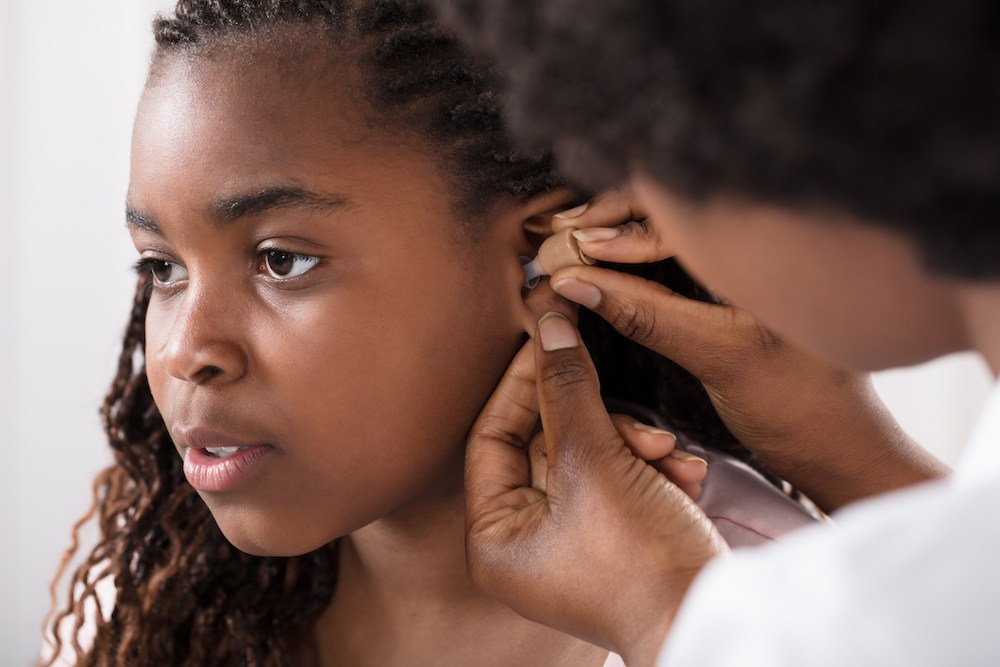What to Ask Your Hearing Provider About Hearing Tests
If you have never had a hearing test before in your life, you might well
OUR PARK RIDGE OFFICE IS NOW OPEN! Click here for more information.


If you have never had a hearing test before in your life, you might well

Hearing aids have long been essential tools in bridging the gap for those

If you’re noticing that your loved one is struggling to hear